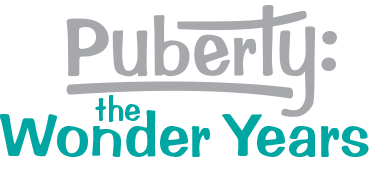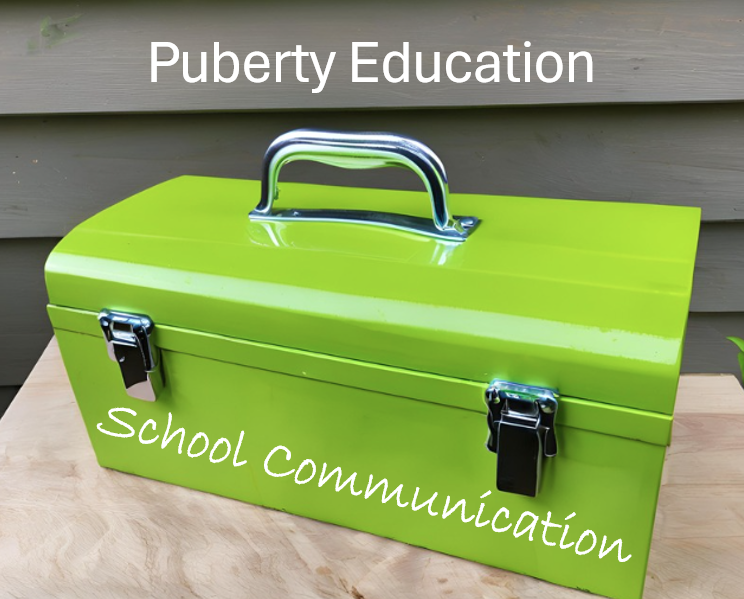Children are natural researchers, always observing the world around them. As they watch the behaviors of kids their age and the adults in their lives, healthy sexual development happens. Childhood curiosity about gender roles, body parts, and behaviors lead to voluntary exploration between children of similar age, size, and development. In fact, between 40 and 85 percent of children will engage in some form of sexual behavior by age 13.
And while it may be uncomfortable for parents and teachers to think about kids engaging in sexual behavior at an early age, some actions are normal, while others are not.
How Can I Tell the Difference Between Healthy and Problematic Sexual Behavior?
That’s the million-dollar question for parents of children in middle and late childhood development.
Since most adults want to believe that children are asexual and innocent, it’s been difficult for researchers to study healthy childhood sexuality. Much of the research around a child’s sexual stages of development has instead been based on children who have experienced sexual abuse and unhealthy behaviors. But not all sexual behavior is a cause for concern, so how to tell the difference?
Puberty: The Wonder Years author, Wendy Sellers, took this challenge head-on, gathering and organizing accurate information on healthy sexual development to create a tool that could be used in homes and schools. Based on her investigation, she recently released a set of helpful reference charts for middle and late childhood development stages:
- Ages & Stages of Sexual Development: Ages 5-8, Middle Childhood
- Ages & Stages of Sexual Development: Ages 9-12, Late Childhood
These charts are meant to provide parents and teachers with a way to assess sexual behavior. Some actions are just a natural part of growing and learning, and it’s important to recognize the difference. We encourage you to print out the charts and use them as a quick reference anytime.
A Useful Reference Guide for the Sexual Health of Middle and Late Childhood
These charts are helpful for a few reasons:
- It lists sexual behaviors that are considered “typical” or normal, helping you better understand your children or students’ actions.
- It equips parents and teachers with ways they can support children’s healthy sexual development through middle and late childhood.
- It identifies sexual behaviors that may be signs of a problem, so parents and teachers can seek help from people who are qualified to provide support.
Here’s an example to give you an idea:


Puberty: The Wonder Years Helps Teach Children What They Need for Healthy Development
If you use Puberty: The Wonder Years in your school or agency, these charts also connect the curriculum to the behaviors. Used together, these charts and the curriculum truly help prepare kids for healthy sexual and emotional development now and down the road.
We hope these resources will help adults who are committed to helping children navigate their curiosity about the stages of sexual development without feeling ashamed. We also hope they help adults feel more comfortable and confident identifying healthy as well as problematic behavior in the young people they care for.
If you’d like to learn more about Puberty: The Wonder Years, and how it helps educate children about puberty and relationships, contact us anytime. We are changing the way 4th-, 5th-, and 6th-grade students learn about their changing bodies and emotions – and we’d love for you to join the movement!
Sign up to receive a FREE sample lesson to see what Puberty: The Wonder Years is all about.
revised 2023-1-28



